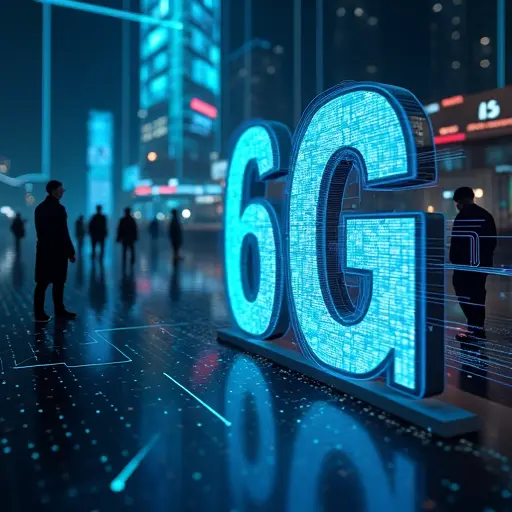
The Race to 6G Begins
Major telecom providers have started groundbreaking research trials for 6G networks, focusing on the terahertz spectrum band (100 GHz-3 THz) to achieve unprecedented speeds. Companies like Ericsson, Nokia, Huawei, and Samsung are conducting early experiments that could enable data rates up to 1 terabit per second - 100 times faster than current 5G capabilities.
Why Terahertz Matters
The terahertz frequency band offers vast amounts of unused spectrum, potentially solving the bandwidth crunch facing current networks. Researchers are testing novel modulation techniques to overcome challenges like signal attenuation and thermal management. Early results show promising applications for ultra-high-definition holographic communications and real-time tactile internet.
Global 6G Development Timeline
The International Telecommunication Union (ITU) has designated 6G as IMT-2030, with standardization expected around 2029-2030. Recent WRC-2023 agreements have paved the way for spectrum allocation, while WRC-2027 will address sub-terahertz bands. Key players include:
- South Korea aiming for 2028 commercial launch
- EU's Hexa-X project developing fundamental technologies
- China filing the most 6G patents globally
Revolutionary Technologies
Trials are exploring AI-driven network optimization, integrated sensing/communication systems, and quantum communications. Nokia's tests in Finland achieved 100 Gbps over 150 meters using 140 GHz frequencies, while Samsung demonstrated THz-based indoor coverage solutions.
Real-World Applications
6G could enable:
- Remote surgery with haptic feedback
- Autonomous vehicle swarms communicating at microsecond latency
- Digital twins of entire cities
- Neural interface devices
NTT Docomo's recent experiment in Tokyo successfully streamed 8K holographic video using prototype equipment.
Challenges Ahead
Significant obstacles include signal blockage by humidity, hardware limitations, and energy efficiency. The Next Generation Mobile Networks Alliance cautions that 6G must demonstrate clear user benefits before justifying massive infrastructure investments. Security concerns around AI-managed networks also require resolution.
The Road Ahead
While commercial deployment isn't expected before 2030, these trials mark a crucial step toward ultra-connectivity. As Dr. Leif Johansson of Ericsson notes: "We're not just incrementally improving speeds - we're reimagining how society interacts with technology."

 Nederlands
Nederlands
 English
English
 French
French
 Deutsch
Deutsch
 Espaniol
Espaniol
 Portugese
Portugese



